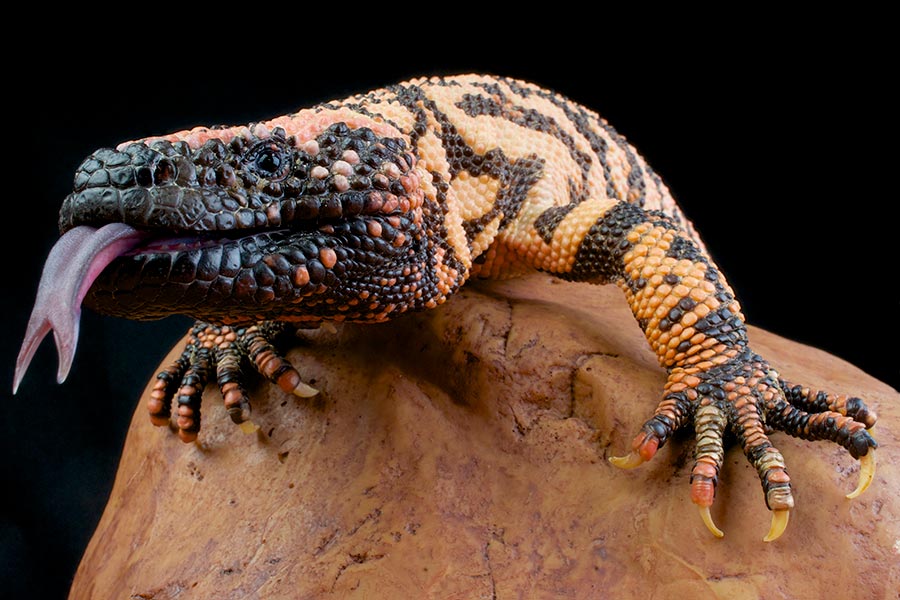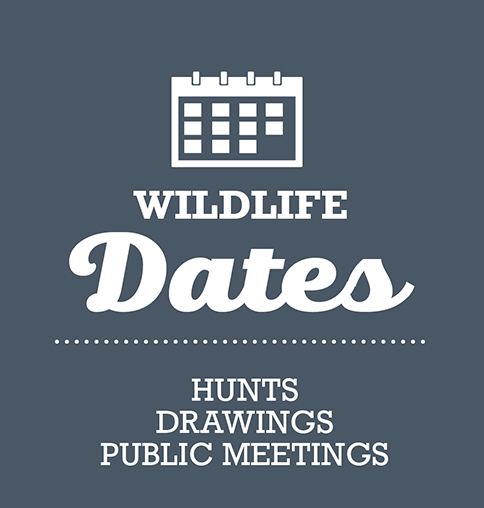≡
Caspian Tern
Hydroprogne caspia
NatureServe conservation status
Global (G-rank): G5
State (S-rank): S3B
- Reason: This species nested historically at a few locations in northern Utah: mainly islands in Utah Lake and Great Salt Lake and Bear River Migratory Bird Refuge.
External links
General information
The Caspian tern, Sterna caspia, breeds in widely scattered locations throughout the world and winters in other scattered locations, although there are a few places where the species can be found year-round. In Utah, the Caspian tern is uncommon during summer in the northern part of the state, where the species has been known to occasionally breed. The habitat of this species is large lakes, marshes, islands (in both lakes and rivers), beaches, bays, and coastal waters. Its foods are almost exclusively fishes, but it occasionally takes aquatic invertebrates, such as crayfish and insects.
This species nests on the ground on a variety of substrates, usually in open, sparsely vegetated areas. Nesting often is in colonies or in association with other ground-nesting birds such as shorebirds. The two or three (rarely one or four) eggs are incubated by both parents for twenty-five to twenty-eight days. The semi-precocial young are tended by both parents. They leave the nest after a few days and are able to fly after twenty-five to thirty days.
Species range
Known nesting sites of this species in Utah (Hayward 1935, Hayward et al. 1976, Behle et al. 1985) are: Rock Island, Utah Lake, Utah County; Egg Island, Great Salt lake, Davis County; Hat Island, Great Salt Lake, Box Elder County; and dikes and an artificial island at Bear River Migratory Bird Refuge, Box Elder County. All of these nesting records, however, are historical. During recent years, few breeding attempts have been recorded along the south shore of the Great Salt Lake.
Migration
Juveniles in western North America disperse northward before migrating south to wintering areas, remain in wintering area through second winter, thereafter make annual migrations between breeding and wintering areas (Gill and Mewaldt 1983). Great Lakes population winters along shores of Gulf of Mexico (Evers 1992).
Habitat
Hayward et al. (1976) mentioned nesting on islands in Utah and Great Salt lakes and on dikes in wetlands. Walters and Sorensen (1983), too, noted the habitat where the species is known to nest in Utah as "barren islands and dikes", and they listed other breeding and migrating habitats as marshes and wet hummocks and lakes, reservoirs, ponds, and sewage lagoons.
Food habits
Eats mainly fishes obtained at surface of water by diving from air; sometimes feeds from surface like a gull and eats eggs and young of other terns and gulls (Terres 1980).
Ecology
Nonbreeding: often rests with flocks of other terns. At a colony at the mouth of the Columbia River, 50% of adults foraged within 8 kilometers and 90% foraged within 21 kilometers (Collis et al. 1999); at other colonies, some adults travel long distances to obtain food; up to 50 kilometers on Lake Michigan (Cuthbert and Wires 1999) and 29-60 kilometers in another reported case (Gill 1976). At expanding colonies on the Pacific Coast, birds exhibited low natal philopatry (Collis et al. 1999), but elsewhere adults show strong fidelity to colonies (Cuthbert 1988).
Reproductive characteristics
Along the U.S. mid-Atlantic coast, nesting begins by late May or early June. Clutch size usually is 2-3. Incubation, by both sexes, lasts 20-22 days. Young are tended by both parents, leave nest in a few days, first fly at 4-5 weeks. Parental care (feeding) may extend up to 5-7 months after fledging. Nests singly or usually in colonies of up to several thousand pairs (5000+ at Sand Island, Washington).
Threats or limiting factors
Threats to this species in Utah include fluctuations in water levels, which can make breeding sites unsuitable, human disturbance of nesting colonies, and predation by California gulls on eggs and nestlings.
References
- Cuthbert, F. J., and L. R. Wires. 1999. Caspian tern. Birds of North America 403: 1–31.
- Baicich, P. J., and C. J. O. Harrison. 1997. A guide to the nests, eggs, and nestlings of North American birds. 2nd ed. Academic, San Diego. 347 pp.
- Behle, W. H., E. D. Sorensen, and C. M. White. 1985. Utah birds: a revised checklist. Utah Museum of Natural History, University of Utah, Salt Lake City. vi + 108 pp.










